HSBC 2010 Annual Report Download - page 117
Download and view the complete annual report
Please find page 117 of the 2010 HSBC annual report below. You can navigate through the pages in the report by either clicking on the pages listed below, or by using the keyword search tool below to find specific information within the annual report.-
 1
1 -
 2
2 -
 3
3 -
 4
4 -
 5
5 -
 6
6 -
 7
7 -
 8
8 -
 9
9 -
 10
10 -
 11
11 -
 12
12 -
 13
13 -
 14
14 -
 15
15 -
 16
16 -
 17
17 -
 18
18 -
 19
19 -
 20
20 -
 21
21 -
 22
22 -
 23
23 -
 24
24 -
 25
25 -
 26
26 -
 27
27 -
 28
28 -
 29
29 -
 30
30 -
 31
31 -
 32
32 -
 33
33 -
 34
34 -
 35
35 -
 36
36 -
 37
37 -
 38
38 -
 39
39 -
 40
40 -
 41
41 -
 42
42 -
 43
43 -
 44
44 -
 45
45 -
 46
46 -
 47
47 -
 48
48 -
 49
49 -
 50
50 -
 51
51 -
 52
52 -
 53
53 -
 54
54 -
 55
55 -
 56
56 -
 57
57 -
 58
58 -
 59
59 -
 60
60 -
 61
61 -
 62
62 -
 63
63 -
 64
64 -
 65
65 -
 66
66 -
 67
67 -
 68
68 -
 69
69 -
 70
70 -
 71
71 -
 72
72 -
 73
73 -
 74
74 -
 75
75 -
 76
76 -
 77
77 -
 78
78 -
 79
79 -
 80
80 -
 81
81 -
 82
82 -
 83
83 -
 84
84 -
 85
85 -
 86
86 -
 87
87 -
 88
88 -
 89
89 -
 90
90 -
 91
91 -
 92
92 -
 93
93 -
 94
94 -
 95
95 -
 96
96 -
 97
97 -
 98
98 -
 99
99 -
 100
100 -
 101
101 -
 102
102 -
 103
103 -
 104
104 -
 105
105 -
 106
106 -
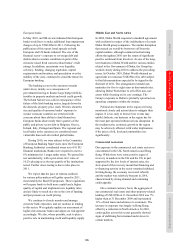 107
107 -
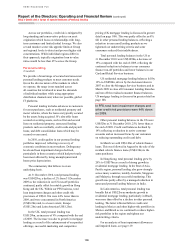 108
108 -
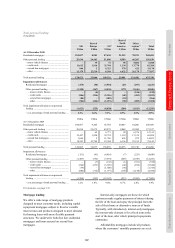 109
109 -
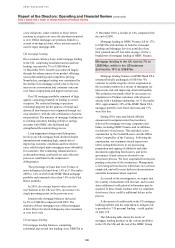 110
110 -
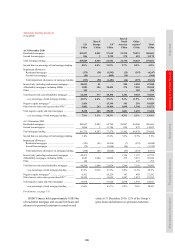 111
111 -
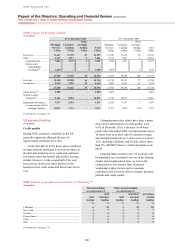 112
112 -
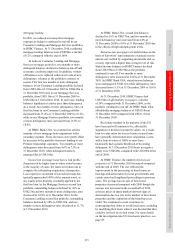 113
113 -
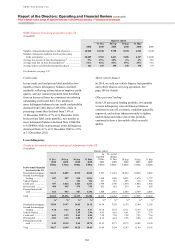 114
114 -
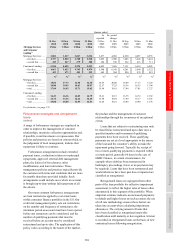 115
115 -
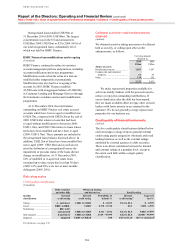 116
116 -
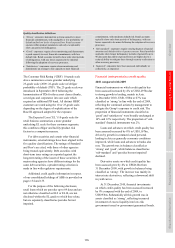 117
117 -
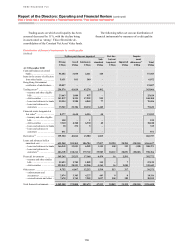 118
118 -
 119
119 -
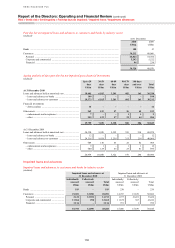 120
120 -
 121
121 -
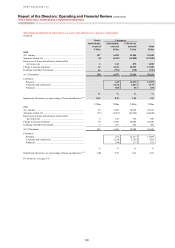 122
122 -
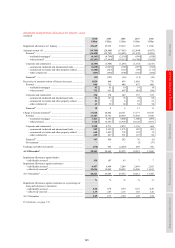 123
123 -
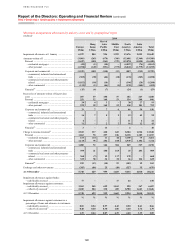 124
124 -
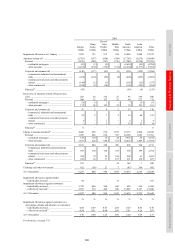 125
125 -
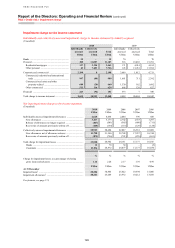 126
126 -
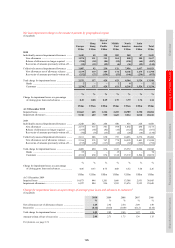 127
127 -
 128
128 -
 129
129 -
 130
130 -
 131
131 -
 132
132 -
 133
133 -
 134
134 -
 135
135 -
 136
136 -
 137
137 -
 138
138 -
 139
139 -
 140
140 -
 141
141 -
 142
142 -
 143
143 -
 144
144 -
 145
145 -
 146
146 -
 147
147 -
 148
148 -
 149
149 -
 150
150 -
 151
151 -
 152
152 -
 153
153 -
 154
154 -
 155
155 -
 156
156 -
 157
157 -
 158
158 -
 159
159 -
 160
160 -
 161
161 -
 162
162 -
 163
163 -
 164
164 -
 165
165 -
 166
166 -
 167
167 -
 168
168 -
 169
169 -
 170
170 -
 171
171 -
 172
172 -
 173
173 -
 174
174 -
 175
175 -
 176
176 -
 177
177 -
 178
178 -
 179
179 -
 180
180 -
 181
181 -
 182
182 -
 183
183 -
 184
184 -
 185
185 -
 186
186 -
 187
187 -
 188
188 -
 189
189 -
 190
190 -
 191
191 -
 192
192 -
 193
193 -
 194
194 -
 195
195 -
 196
196 -
 197
197 -
 198
198 -
 199
199 -
 200
200 -
 201
201 -
 202
202 -
 203
203 -
 204
204 -
 205
205 -
 206
206 -
 207
207 -
 208
208 -
 209
209 -
 210
210 -
 211
211 -
 212
212 -
 213
213 -
 214
214 -
 215
215 -
 216
216 -
 217
217 -
 218
218 -
 219
219 -
 220
220 -
 221
221 -
 222
222 -
 223
223 -
 224
224 -
 225
225 -
 226
226 -
 227
227 -
 228
228 -
 229
229 -
 230
230 -
 231
231 -
 232
232 -
 233
233 -
 234
234 -
 235
235 -
 236
236 -
 237
237 -
 238
238 -
 239
239 -
 240
240 -
 241
241 -
 242
242 -
 243
243 -
 244
244 -
 245
245 -
 246
246 -
 247
247 -
 248
248 -
 249
249 -
 250
250 -
 251
251 -
 252
252 -
 253
253 -
 254
254 -
 255
255 -
 256
256 -
 257
257 -
 258
258 -
 259
259 -
 260
260 -
 261
261 -
 262
262 -
 263
263 -
 264
264 -
 265
265 -
 266
266 -
 267
267 -
 268
268 -
 269
269 -
 270
270 -
 271
271 -
 272
272 -
 273
273 -
 274
274 -
 275
275 -
 276
276 -
 277
277 -
 278
278 -
 279
279 -
 280
280 -
 281
281 -
 282
282 -
 283
283 -
 284
284 -
 285
285 -
 286
286 -
 287
287 -
 288
288 -
 289
289 -
 290
290 -
 291
291 -
 292
292 -
 293
293 -
 294
294 -
 295
295 -
 296
296 -
 297
297 -
 298
298 -
 299
299 -
 300
300 -
 301
301 -
 302
302 -
 303
303 -
 304
304 -
 305
305 -
 306
306 -
 307
307 -
 308
308 -
 309
309 -
 310
310 -
 311
311 -
 312
312 -
 313
313 -
 314
314 -
 315
315 -
 316
316 -
 317
317 -
 318
318 -
 319
319 -
 320
320 -
 321
321 -
 322
322 -
 323
323 -
 324
324 -
 325
325 -
 326
326 -
 327
327 -
 328
328 -
 329
329 -
 330
330 -
 331
331 -
 332
332 -
 333
333 -
 334
334 -
 335
335 -
 336
336 -
 337
337 -
 338
338 -
 339
339 -
 340
340 -
 341
341 -
 342
342 -
 343
343 -
 344
344 -
 345
345 -
 346
346 -
 347
347 -
 348
348 -
 349
349 -
 350
350 -
 351
351 -
 352
352 -
 353
353 -
 354
354 -
 355
355 -
 356
356 -
 357
357 -
 358
358 -
 359
359 -
 360
360 -
 361
361 -
 362
362 -
 363
363 -
 364
364 -
 365
365 -
 366
366 -
 367
367 -
 368
368 -
 369
369 -
 370
370 -
 371
371 -
 372
372 -
 373
373 -
 374
374 -
 375
375 -
 376
376 -
 377
377 -
 378
378 -
 379
379 -
 380
380 -
 381
381 -
 382
382 -
 383
383 -
 384
384 -
 385
385 -
 386
386 -
 387
387 -
 388
388 -
 389
389 -
 390
390 -
 391
391 -
 392
392 -
 393
393 -
 394
394 -
 395
395 -
 396
396
 |
 |
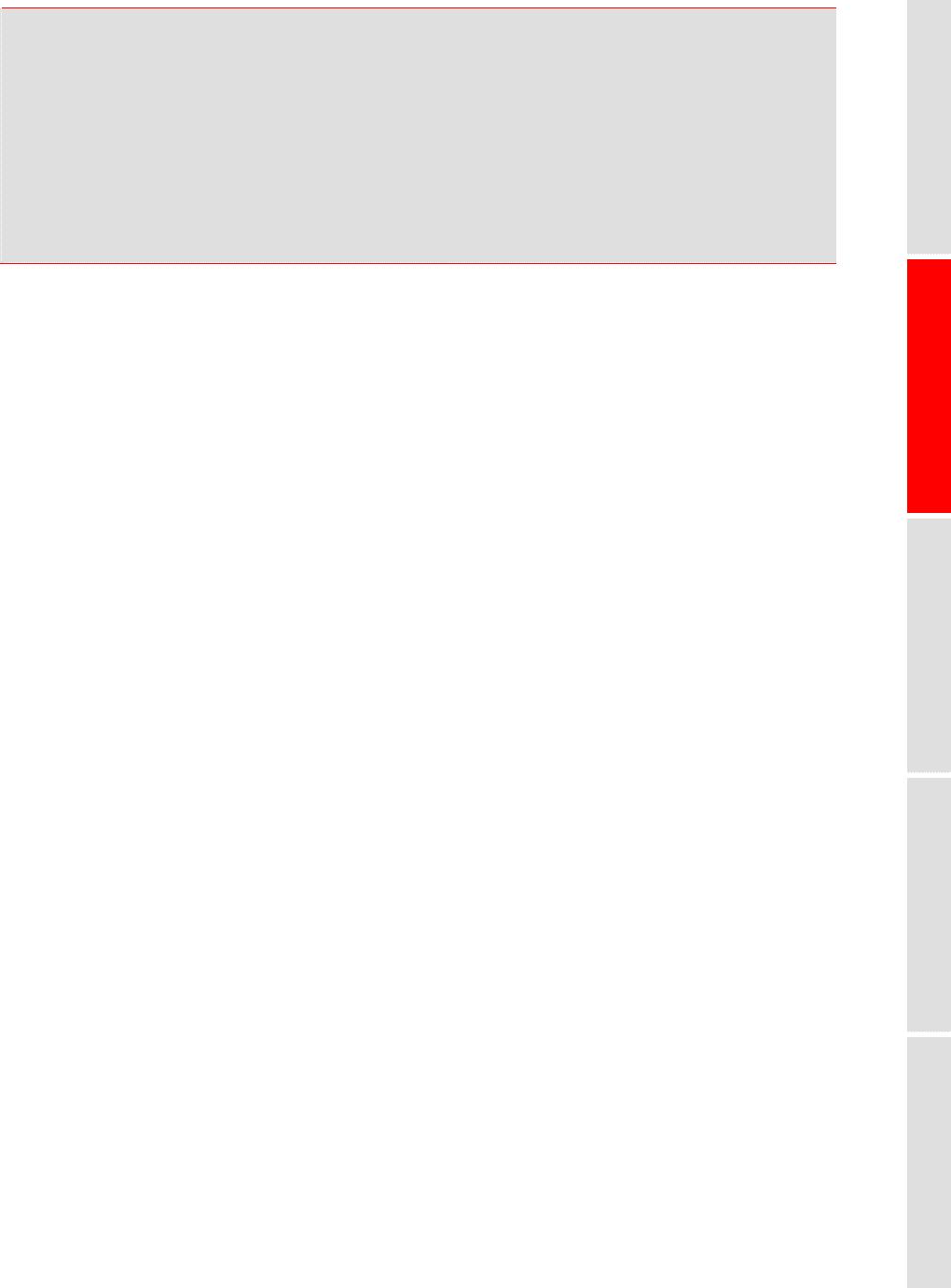
115
Overview Operating & Financial Review Governance Financial Statements Shareholder Information
Quality classification definitions
• ‘Strong’: exposures demonstrate a strong capacity to meet
financial commitments, with negligible or low probability of
default and/or low levels of expected loss. Retail accounts
operate within product parameters and only exceptionally
show any period of delinquency.
• ‘Good’: exposures require closer monitoring and demonstrate
a good capacity to meet financial commitments, with low
default risk. Retail accounts typically show only short periods
of delinquency, with any losses expected to be minimal
following the adoption of recovery processes.
• ‘Satisfactory’: exposures require closer monitoring and
demonstrate an average to fair capacity to meet financial
commitments, with moderate default risk. Retail accounts
typically show only short periods of delinquency, with any
losses expected to be minor following the adoption of recovery
processes.
• ‘Sub-standard’: exposures require varying degrees of special
attention and default risk is of greater concern. Retail portfolio
segments show longer delinquency periods of generally up to
90 days past due and/or expected losses are higher due to a
reduced ability to mitigate these through security realisation or
other recovery processes.
• ‘Impaired’: exposures have been assessed, individually or
collectively, as impaired.
The Customer Risk Rating (‘CRR’) 10-grade scale
above summarises a more granular underlying
23-grade scale (2009: 22-grade scale) of obligor
probability of default (‘PD’). The 23-grade scale was
introduced in September 2010 following the
harmonisation of PDs for three asset classes (banks,
sovereigns and corporates) into one scale which
required an additional PD band. All distinct HSBC
customers are rated using the 10 or 23-grade scale,
depending on the degree of sophistication of the
Basel II approach adopted for the exposure.
The Expected Loss (‘EL’) 10-grade scale for
retail business summarises a more granular
underlying EL scale for these customer segments;
this combines obligor and facility/product risk
factors in a composite measure.
For debt securities and certain other financial
instruments, external ratings have been aligned to the
five quality classifications. The ratings of Standard
and Poor’s are cited, with those of other agencies
being treated equivalently. Debt securities with
short-term issue ratings are reported against the
long-term rating of the issuer of those securities. If
major rating agencies have different ratings for the
same debt securities, a prudent rating selection is
made in line with regulatory requirements.
Additional credit quality information in respect
of our consolidated holdings of ABSs is provided on
pages 134 and 135.
For the purpose of the following disclosure,
retail loans which are past due up to 89 days and are
not otherwise classified as EL9 or EL10, are not
disclosed within the EL grade to which they relate,
but are separately classified as past due but not
impaired.
Financial instruments by credit quality
2010 compared with 2009
Financial instruments on which credit quality has
been assessed increased by 4% to US$2,297bn due
to strong growth in lending, mainly in Asia.
At December 2010, US$1,550bn or 67% was
classified as ‘strong’ in line with the end of 2009,
reflecting the continued actions by management to
mitigate the Group’s exposure to credit risk. The
proportion of financial instruments classified as
‘good’ and ‘satisfactory’ were broadly unchanged at
16% and 12% respectively. The proportion of ‘sub-
standard’ financial instruments was 2%.
Loans and advances on which credit quality has
been assessed increased by 8% to US$1,167bn,
driven by growth in commercial and personal
lending in Asia as generally economic conditions
improved, while loans and advances to banks also
rose. The growth was in balances classified as
‘strong’ and ‘good’, while balances classified as
‘sub-standard’ and ‘past due but not impaired’
declined.
Derivative assets on which credit quality has
been assessed grew by 4% to US$261bn from
31 December 2009, with growth in balances being
classified as ‘strong’. The increase was mainly in
interest rate derivatives, reflecting a downward shift
in yield curves.
At 31 December 2010, financial investments
on which credit quality has been assessed increased
by 9% compared with the end of 2009, to
US$393bn. Substantially all this growth was in
assets classified as ‘strong’, reflecting increased
investment of excess liquidity into low-risk
government issued or government guaranteed bonds.
